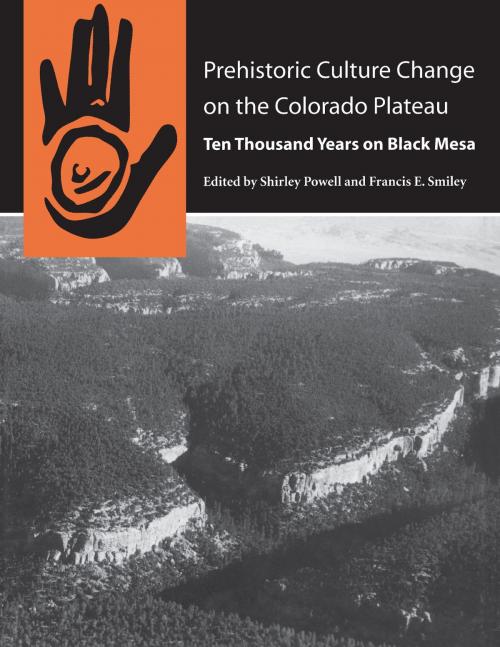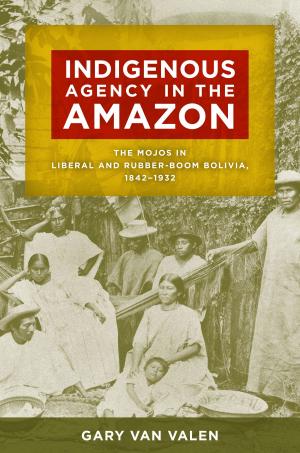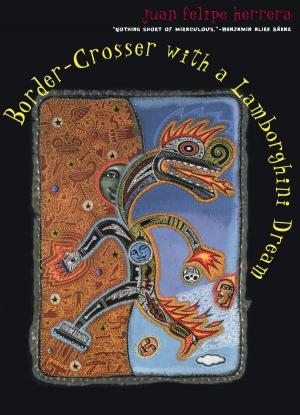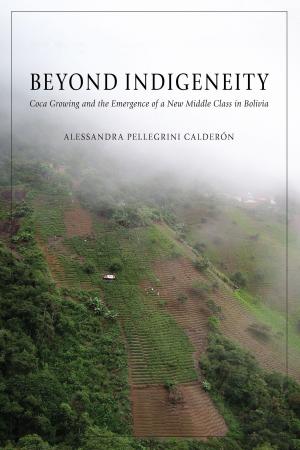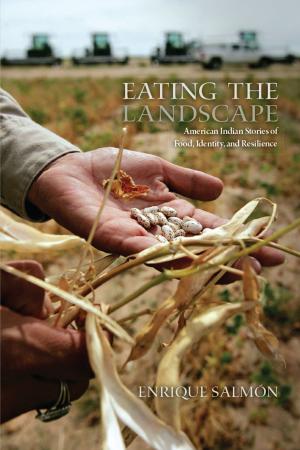Prehistoric Culture Change on the Colorado Plateau
Ten Thousand Years on Black Mesa
Nonfiction, Social & Cultural Studies, Social Science, Archaeology| Author: | ISBN: | 9780816535972 | |
| Publisher: | University of Arizona Press | Publication: | October 15, 2016 |
| Imprint: | University of Arizona Press | Language: | English |
| Author: | |
| ISBN: | 9780816535972 |
| Publisher: | University of Arizona Press |
| Publication: | October 15, 2016 |
| Imprint: | University of Arizona Press |
| Language: | English |
One of the largest archaeological projects ever undertaken in North America, Peabody Coal Company's Black Mesa Archaeological Project conducted investigations in northeastern Arizona from 1967 to 1983. This mammoth undertaking recognized and recovered the remains of ephemeral camps, early agricultural sites, Puebloan villages, and Navajo settlements stretching over nearly ten millennia of human occupation.
Now a single comprehensive work summarizes the results of this intensive survey, excavation, and analysis. Prehistoric Culture Change on the Colorado Plateau offers the only complete synthesis of Kayenta-area archaeology as well as the single most intensive study of the ancestral Puebloan and Navajo occupation of the Four Corners region. It also provides the human context for more than two decades of theoretical, methodological, and empirical work.
The authors—all associated with the Black Mesa project—synthesize previous analyses of faunal, lithic, ceramic, chronometric, and human osteological data, weaving a coherent and compelling story of the prehistory and ethnohistory of northern Arizona. Through these data, they provide a summary of culture history which emphasizes that organizational variation and other aspects of culture change are largely a response to a changing natural environment.
The volume provides a systematic overview of human occupation on and around Black Mesa through time, beginning with the Paleoindian period, moving through the Archaic and Basketmaker periods, considering the Puebloan dispersion and the magnificent remains of the Pueblo III period, and culminating with Hopi and Navajo perspectives on their history. The authors examine relationships among population density, subsistence strategies, and social organization, and use these data to identify the regional context within which the Black Mesa people may have operated during different time periods.
Broad in scope with a wealth of supporting detail, Prehistoric Culture Change on the Colorado Plateau offers a basic reference on this important project that collects twenty years of analysis into one volume. It is a unique touchstone in Southwest archaeology that will stand as the last word on Black Mesa.
One of the largest archaeological projects ever undertaken in North America, Peabody Coal Company's Black Mesa Archaeological Project conducted investigations in northeastern Arizona from 1967 to 1983. This mammoth undertaking recognized and recovered the remains of ephemeral camps, early agricultural sites, Puebloan villages, and Navajo settlements stretching over nearly ten millennia of human occupation.
Now a single comprehensive work summarizes the results of this intensive survey, excavation, and analysis. Prehistoric Culture Change on the Colorado Plateau offers the only complete synthesis of Kayenta-area archaeology as well as the single most intensive study of the ancestral Puebloan and Navajo occupation of the Four Corners region. It also provides the human context for more than two decades of theoretical, methodological, and empirical work.
The authors—all associated with the Black Mesa project—synthesize previous analyses of faunal, lithic, ceramic, chronometric, and human osteological data, weaving a coherent and compelling story of the prehistory and ethnohistory of northern Arizona. Through these data, they provide a summary of culture history which emphasizes that organizational variation and other aspects of culture change are largely a response to a changing natural environment.
The volume provides a systematic overview of human occupation on and around Black Mesa through time, beginning with the Paleoindian period, moving through the Archaic and Basketmaker periods, considering the Puebloan dispersion and the magnificent remains of the Pueblo III period, and culminating with Hopi and Navajo perspectives on their history. The authors examine relationships among population density, subsistence strategies, and social organization, and use these data to identify the regional context within which the Black Mesa people may have operated during different time periods.
Broad in scope with a wealth of supporting detail, Prehistoric Culture Change on the Colorado Plateau offers a basic reference on this important project that collects twenty years of analysis into one volume. It is a unique touchstone in Southwest archaeology that will stand as the last word on Black Mesa.
